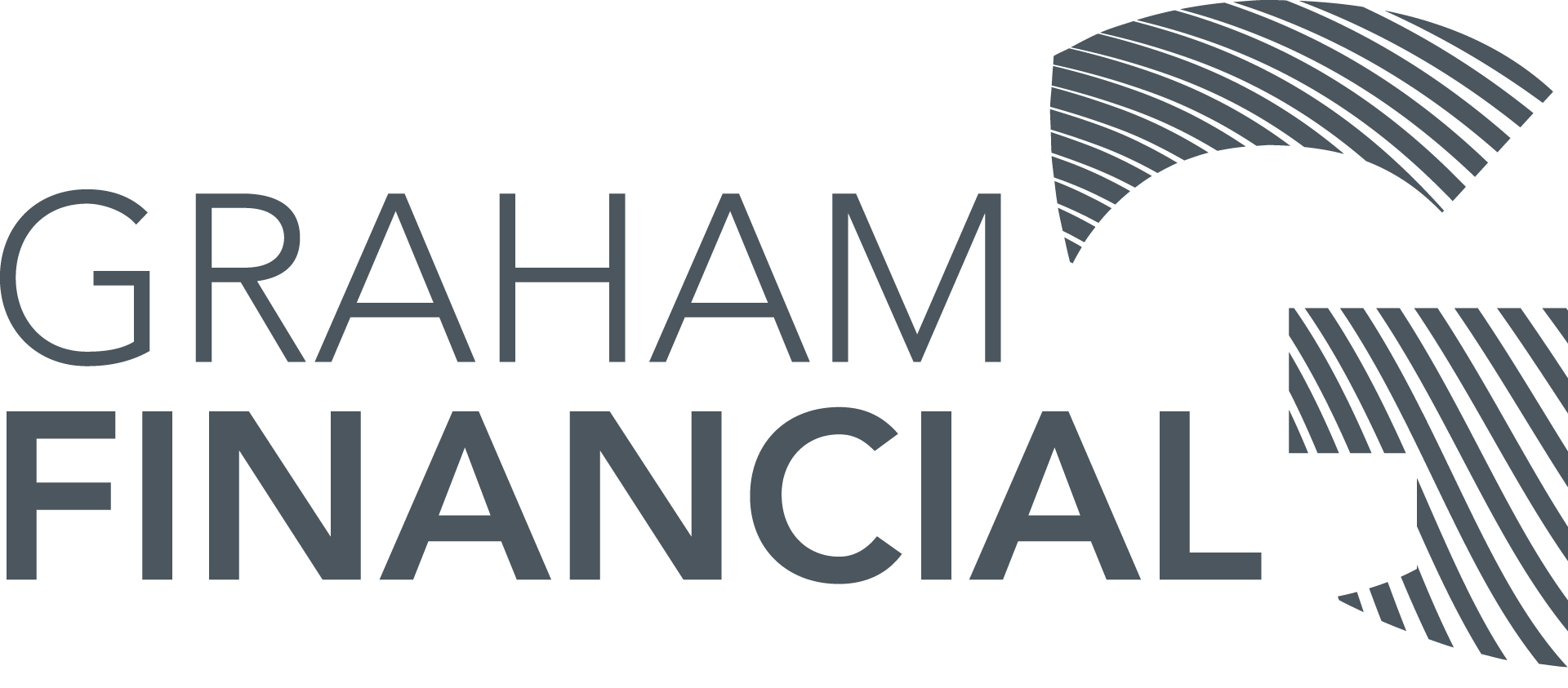Inflation and interest rate expectations
Interest rates and inflation expectations are large drivers of investment markets and consumer behaviour. With the cash rate moving from 0.1% to 2.35% in four months, the cost of capital is once again the key variable to investors and mortgage holders alike.
Inflation has been below the Reserve Bank Australia’s (RBA) touted preferred band of 2% to 3% for many years, falling as low as minus 0.3% in June 2020 but then increasing rapidly to the current 6.1% with expectation of higher readings to come.
Inflation is a measure of the change in price. For example, a good that moves in price from $100 to $103 will record inflation of 3%. But if the next period it stayed at $103, inflation will be recorded as nil. So, when commentators talk about inflation they are really talking about the change as relative to the last price measure. Whether the price is considered high or low is immaterial - a good can be expensive but not inflationary or cheap but inflationary.
Inflation numbers are published by the Australian Bureau of Statistics (ABS) and capture a snapshot of goods and services in the economy. A good is something tangible like a car. A service is something that is done for you such as legal advice or education. It is an accurate, but importantly an historical number. Predicting future inflation is subject to many disparate variables.
The variable mortgage rate will generally match the cash rate increases so an increase to date of 2.25% has an immediate and measurable consequence. The average mortgage in Queensland is estimated to be a little over $500,000. Depending on how your loan is structured, expect to have to find an additional $600 or more in after tax dollars each month. Retirees with cash holdings of say $100,000 will have an additional $187 to spend each month. This subtle shift of fortune from borrowers to savers hides the underlying impact these changes can be expected to have across the economy as consumer expectations and business decisions adjust.
As market participants we need to have the humility to accept that our forecasts will have errors - the future can be notoriously difficult to predict. Anyone who doubts this should review the bold prediction made by the RBA Governor Philip Lowe who stated confidently all through 2021 that interest rates would not rise until 2024 – yet here we are less than 12 months later at 2.35% and expecting more to come.
It needs to be noted that while it may have been a mistake to make these bold predictions in 2021 there can be no doubt the RBA has now firmly admitted this error and is addressing inflation head on in 2022.
The RBA is not alone in demonstrating human frailty around predictions and forecasts. When the pandemic hit in 2020, globally there was absolutely no idea how it would play out. Authorities turned to the recognised experts for a pathway. The forecasted deaths from various epidemiologists were, thankfully, outrageously incorrect. These forecasts did however form the basis of the massive stimulatory response globally to prepare economies for the worst-case scenario that, we should be forever grateful, did not occur.
We are left to wonder what inflationary impact would have occurred from the size and scope of stimulus and associated lockdowns if the virus had wreaked the damage to lives as predicted – but the predictions were wrong. So, we are left to deal with the consequences of governments delivering the largest financial stimulus in history in tandem with a complete lockdown of economic activity.
ABS data shows goods made up 79% of the last quarter inflation increases reflecting high freight costs, supply constraints and prolonged strong demand. All these factors are a direct result of the measures taken during the Covid lockdowns. To date, services inflation has remained stable but we should expect that to change as wage claims and price demand stemming from record low unemployment flow through to the broader economy.
Consumer behaviour responds to the expectation of what prices will be in the future, based on what we see today. If we see car prices rising, we may feel compelled to buy quickly before the price moves out of our financial reach. Conversely if we see them falling, we might wait to get a better deal. Inflationary forces form the expectations that shift consumer behaviour.
Up until the war in Ukraine began in February 2022, commentary on inflation had almost universal acceptance that deflationary forces would continue to play out globally. The forces often cited are ageing population, technology and innovation giving us increasingly better goods at cheaper prices, globalisation and freedom of movement for labour supply among others. The current narrative implies these forces are no longer relevant. However, we suggest there is little evidence to support this.
Market pricing of interest rates expect the RBA cash rate to peak mid 2023 at around 3.85%. If this is correct, then we are a little over halfway into this rate rising cycle. There are households that have much larger mortgages than the average and these will pay a lot more than the estimated increase of $600 a month.
The more households have to reallocate towards mortgages the more this will reduce demand for goods and services and in particular non-essential goods and services. Lifestyle and home goods stores such as Harvey Norman should not expect sales volume to be as high this coming year.
As many commentators have observed, house prices in most cities have started to decline as the exuberance of ultra-low rates fades. How far will they fall? No one knows but given the rapid and significant price increases post Covid, a fall exceeding 20% seems very plausible. It would be a fair observation to note the primary factor causing this decline is the cost of money.
Whilst banks typically pass on rate rises (for variable rate loans) pretty quickly after the RBA raises rates, there is a lag between this and home loan repayments. Fixed rate loans are another issue altogether. The RBA notes nearly 40% of all new loans were fixed at the start of 2022. These loans will soon roll back to variable - with the majority set to expire in the second half of 2023. Most of those on fixed rates should already be factoring in higher repayments before their fixed rate expires, however there are sure to be some that won’t be ready for what will be a significant jump in repayments.
Assuming residential housing does experience a decline around 20% across the country, it is certain that we will be seeing examples of negative equity. This could put a lot of pressure on those homeowners, as they are unlikely to be able to refinance to take advantage of better rates and they are also unlikely to be able to sell unless they can fund the negative equity shortfall.
How much further will interest rates have to rise before the economy slows sufficiently to address the inflation concerns? Interest rates are not a subtle instrument. The goal is to slow the economy, not crash the economy. The mantra from the RBA and other commentators will inevitably include language around trying to achieve the nirvana of the so called “soft” landing. Make no mistake – this will be very hard to achieve.
We will see reports that indicate demand is slowing such as retails sales, loan approvals, unemployment, consumer and business sentiment surveys as well as increases in company inventories. No data points are considered in isolation. Arguably the most important measure, inflation, is measured quarterly - and that data is made available four weeks after the end of the quarter.
This lag in data makes the RBA’s job very challenging as they are wielding a blunt instrument with information that is already months old. To better understand this, imagine trying to set the temperature of your shower if the time between moving the tap and the water temperature changing was one minute. As you can appreciate, you’d likely make many adjustments up and down before getting it right. A “soft landing” will require the RBA to perfectly execute this the first time.
Further complicating this, is that the interest rate hammer wielded locally won’t impact inflation from globally traded goods such as oil. It is going to take time and the impact will be felt disproportionally across the different sectors of the economy – just as the benefits of easing interest rates were disproportional.
It may be useful to reflect on the last rate raising cycle. The last one commenced way back in October 2009 – which is extraordinary in itself. That started with a rise from 3% extending some 26 months until November 2011 where the rate peaked at 4.75%. The one prior started in May 2002 extending for 70 months where rates increased from 4.25% up to 7.25% in March 2008. Inflation expectations can take a long time to be absorbed into changes to consumer behaviour.
This discussion deliberately ignores any influence by a newly elected government keen to put its mark on the economic landscape. Any fiscal response in the upcoming budget that is out of step with the RBA goal or changes to industrial relations that impact industry wide bargaining of employment conditions or remuneration could increase the inflation challenge. There are more chapters of the current inflation story yet to be written.
Each cycle has different circumstances and the sheer volume of debt in the economy does make this one a little different, however it may be worth considering the possibility that this tightening cycle could last for longer than many commentators are currently suggesting.











